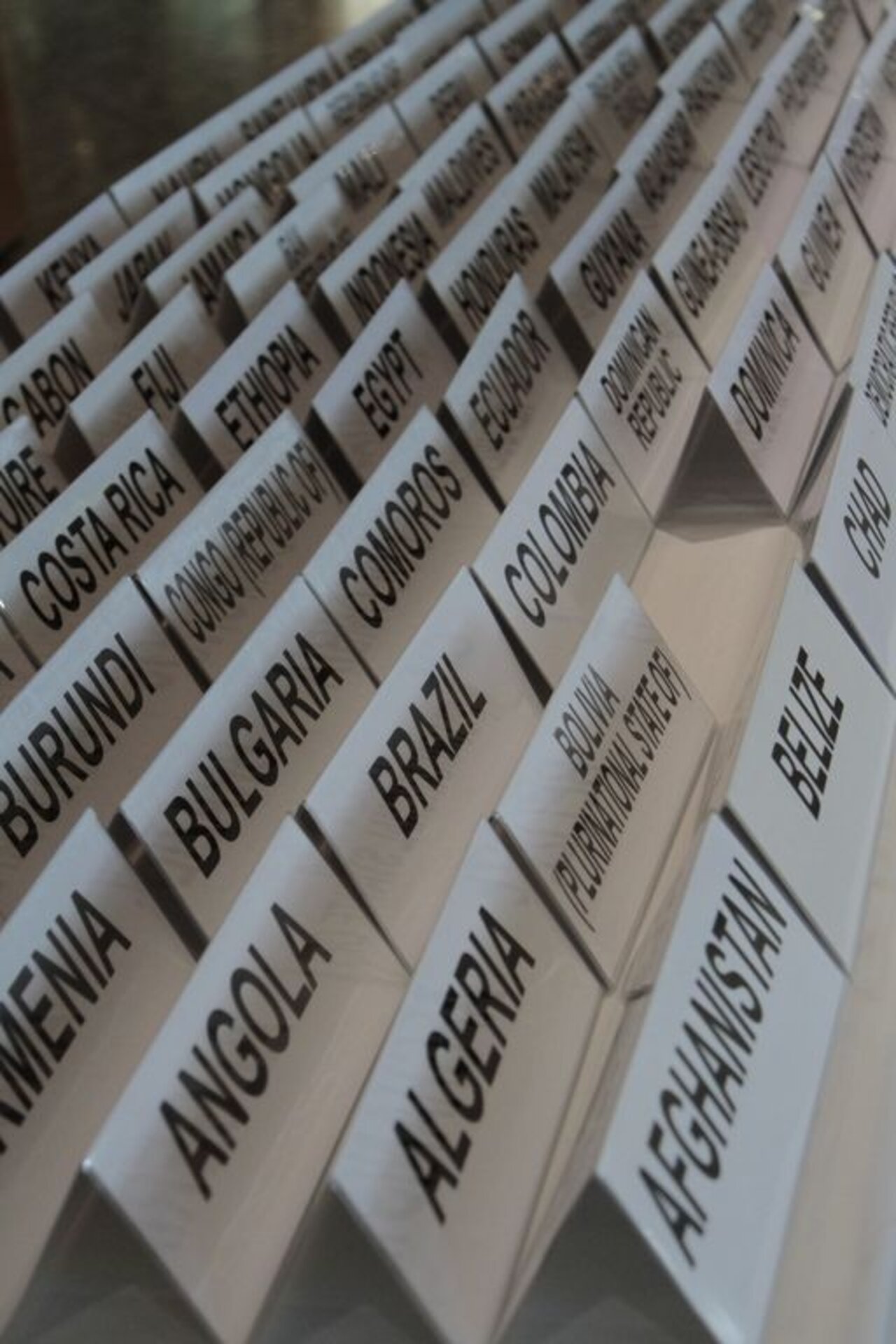Project
Forestry under a global climate convention

To still meet the 2-degree limit of the UN Framework Convention on Climate Change (UNFCCC), the reduction of emissions from industry and energy industry is not sufficient alone. Emissions from deforestation, especially in the tropics, and unsustainable land uses worldwide are a crucial greenhousegas source.
The project also analysis Intended Nationally Determined Contributions (INDCs) of relevant countries regarding the role of the LULUCF sector.
Background and Objective
The parties to the UNFCCC are currently negotiating a new international agreement, which should enter into force in 2020 and is applicable to both, industrialized and developing countries. Our research project, which is funded by the German Federal Environment Agency (UBA), advises members of the German Delegation involved in land sector negotiations. The project includes the compilation of relevant policy instruments and approaches that can influence carbon fluxes in the forestry and wood sector. We want to identify options for land use rules regarding emission reporting and accounting, and analyze and evaluate if these options appear realisable to all parties under the new climate agreement. The investigated options must be environmentally sound, technically feasible and politically viable. Further they need to provide incentives for the protection of carbon reservoirs and for the promotion of carbon sinks in the land use sector.
The Thünen-Institute of Forest Ecology and Forest Inventory (Eberswalde) focuses within this project on the climate effect of different accounting rules for industrialised countries. The Thünen-Institute for International Forestry and Forest Economics focuses on forests in developing countries. The Thünen-Institute for Wood Research deals with the effects of wood recycling on the carbon balance.
Target Group
Target group of the project are political decision-makers.
Approach
The project contents are closely linked to recent developments in UNFCCC negotiations, and consider both official negotiations as well as informal discussions. In addition to evaluating negotiation positions of parties and publications of relevant players, we calculate and analyse the potential development of forest related emissions until 2030 with and without a new climate agreement. On this basis, we make recommendations for the design of the new climate agreement.
Data and Methods
While for most industrialized parties comprehensive emission data for forest activities as well as wood recycling exist from current reporting requirements, this is not the case for developing countries. Here, existing data on forest inventory and forest development must be used, for example, of the Food and Agriculture Organization of the United Nations FAO (FAO FRA2010, FAOStat). On this data basis and with existing calculation rules we estimate past and future emissions from deforestation.
Our Research Questions
Primarely, we look into the design of rules for the land use sectore to be climate-proof, technically feasable and politically realisable when integrated into the future climate agreement.
Results
In project expert panels and reports we quantify, how the accounting of forests affects national CO2 balances. We assess the results with regard to the expected environmental effect and "fairness", and what options thus for a common accounting of forests may be proposed in the land sector. Results will be published after the end of the project in 2015.
Thünen-Contact

Involved Thünen-Partners
Funding Body
-
Umweltbundesamt (UBA)
(national, öffentlich)
Duration
11.2012 - 8.2015
More Information
Project status:
finished





